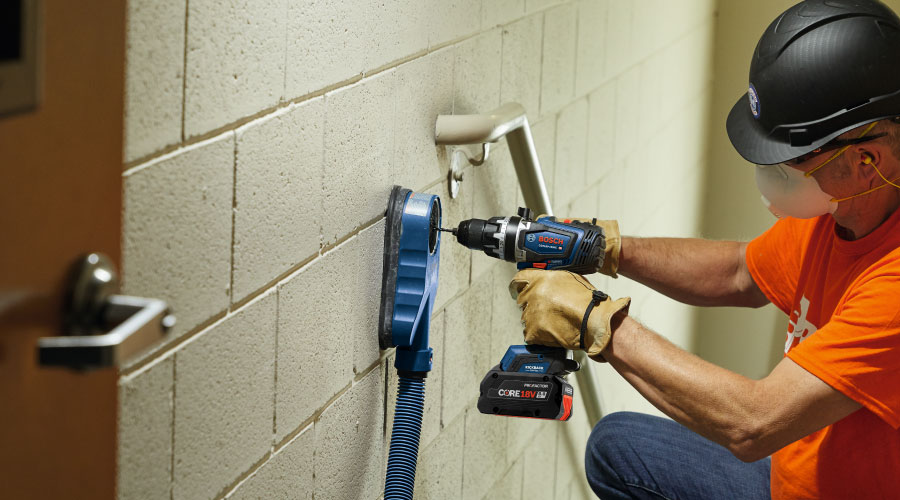 Utitlity incentive programs are designed to provide monetary incentives to users for the installation of equipment and systems that improve operating efficiency.
Utitlity incentive programs are designed to provide monetary incentives to users for the installation of equipment and systems that improve operating efficiency.The Role of Utilities in Facility Upgrades
Incentive programs can help managers target potential energy savings and ensure project success.
Maintenance and engineering managers must perform a balancing act when implementing energy-efficiency upgrades in their institutional and commercial facilities. Upgrades save operating expenses, but capital budgets often are limited. For upgrades to succeed, managers must select projects with the greatest rate of return for the investment. They must look for ways to stretch their upgrade budgets.
While it might seem counterintuitive, the best place to start the process is not by identifying projects but by contacting the local utility company. Eventually, managers can use a number of tools to identify the most appropriate upgrade projects, but utility incentive programs and their bottom-line benefits often are the smartest place to begin the process.
These programs have defined requirements for the types of projects that qualify and the steps customers must take to meet program requirements, which can change over time. An upgrade that is acceptable today might not be next year. Starting with a list of projects without this understanding is likely to be a waste of time or might require managers repeat evaluation steps in order to qualify.
Requirement review
Utility incentive programs are designed to provide monetary incentives to users for the installation of equipment and systems that improve operating energy efficiency. The improved operating efficiency saves money for the end user, and it helps the utility reduce costs, meet environmental goals, and avoid potential outages during periods of heavy demand.
Programs requirements vary by utility company, including projects that qualify, the magnitude of the incentive, and steps users must take to qualify. Additionally, utility companies constantly revise and update programs. For managers to succeed in earning an incentive for a particular project, they must do their homework.
Before selecting a project to perform, managers need to develop a working relationship with the local utility. The company can help managers understand the projects that qualify, as well as the process the facility must follow to qualify. Requirements to qualify can be simple or complex. The biggest roadblock to receiving an incentive is failing to engage the utility company before beginning the project.
Managers should not be afraid to ask questions. What types of energy upgrades qualify for incentives? What is the process, and how does it start? What amount of a project’s costs can incentives offset? Which projects provide the best returns under the program? How can we be sure the equipment or systems we plan to install meet the requirements of the incentive program? What are the paperwork requirements? How will we have to demonstrate that the completed project delivered the benefits we said it would?
Engaging the utility company early also might help managers select the incentive program that is best suited to their facility. Managers tend to think in terms of individual projects — upgrade the lighting in an area, install a high efficiency chiller, etc. But larger incentives might be available for other opportunities, such as those where changing equipment and the mode of operation will impact the energy use of the entire building, not just one area. Utility incentive program representatives can help managers identify programs and options they might not have considered otherwise.
For all projects, the organization must designate one individual to manage the process of incentive approval. This person is responsible for managing the flow of information, including researching the available incentives, submitting the application, providing necessary documentation when required, monitoring the installation, and providing necessary verification of results.
Depending on the complexity of the projects being pursued and the availability of in-house personnel, managers might want to engage an outside service provider to manage the program. These service providers are familiar with the available incentives, can help identify the most appropriate opportunities, understand the process, and complete the documentation. Many utility companies maintain a list of qualified service providers.
Related Topics:














